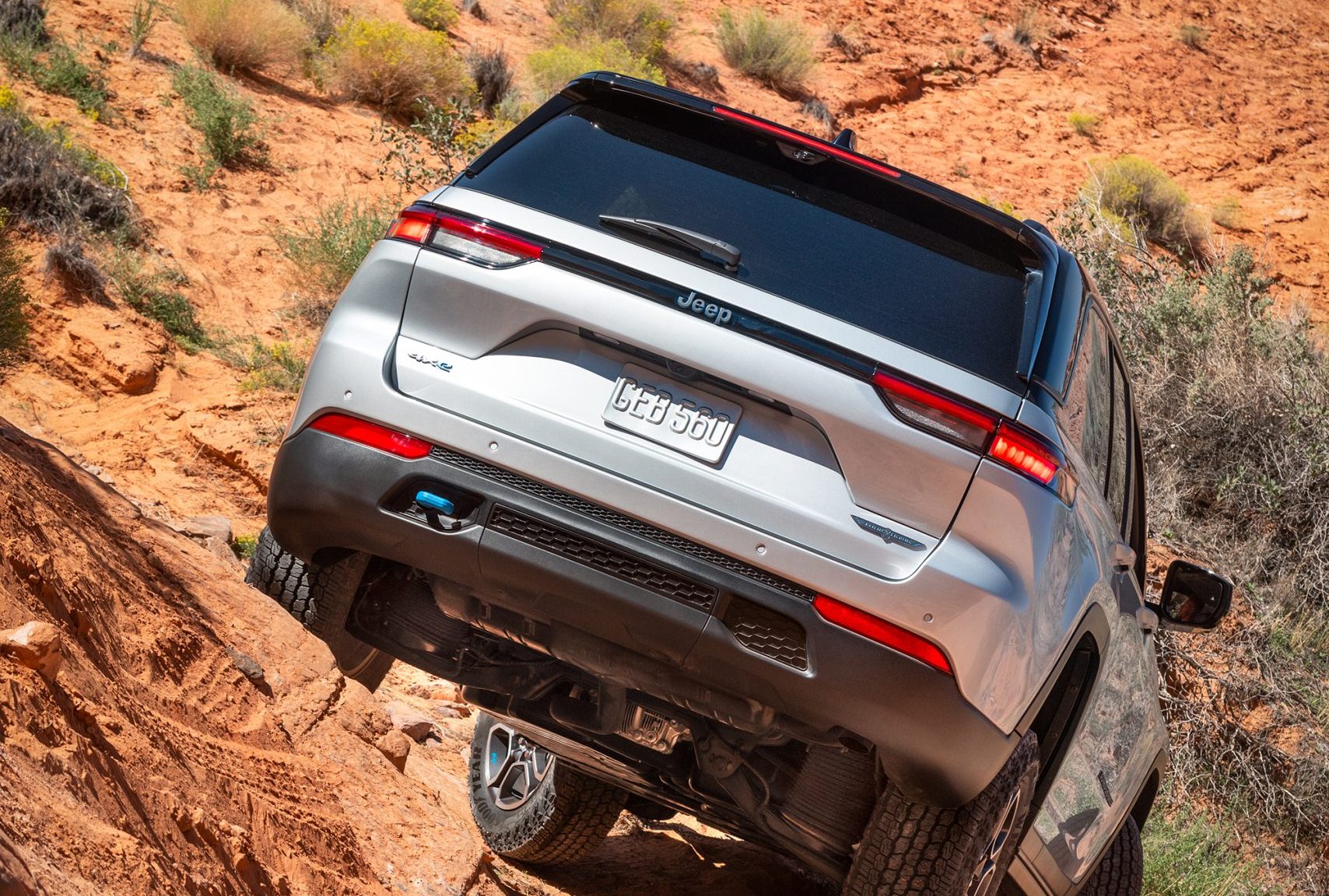For many people, the terms SUV (Sports Utility Vehicle) and SAV (Sports Activity Vehicle) may seem interchangeable.
However, these car types, while similar, have some distinct features that set them apart. So, let’s dive deep into understanding the difference between SUVs and SAVs.

What is an SUV?
An SUV, or Sports Utility Vehicle, is a vehicle that combines the towing capacity of a pickup truck with the passenger-carrying space of a minivan or large sedan. The SUV is popular among families and individuals who need a vehicle with space, power, and versatility.
SUVs are available in different sizes, from small SUVs suitable for active families to large 8-seater SUVs for large families. And if you have a really big family, there are even SUVs that can seat up to 9 passengers.
What is an SAV?
An SAV, or Sports Activity Vehicle, is a term primarily used by BMW to classify a type of SUV. Unlike traditional SUVs, SAVs are designed with an emphasis on sporty performance and handling. The SAV is perfect for drivers who desire an active, dynamic driving experience with the capacity to carry more passengers and cargo.
Key Differences Between SUV and SAV
Now, let’s break down the key differences between these two types of vehicles.
- Purpose: SUVs are intended for a variety of uses, including off-road driving, towing, and family transportation. In contrast, SAVs are built with sporty performance and on-road handling in mind.
- Design: SUVs generally have a boxy shape, while SAVs have a more streamlined and aerodynamic design.
- Driving Experience: If you prefer an off-road adventure, an SUV is your best bet. If you prefer a sporty on-road experience, consider an SAV.
- Branding: The term SAV is used primarily by BMW, while SUV is a general term used by various auto manufacturers.
Which One is Right for You?
Whether an SUV or an SAV is right for you depends on your needs, lifestyle, and personal preference. If you value utility, towing capacity, and off-road capabilities, an SUV may be the best fit. If you value sporty performance, handling, and a sleek design, an SAV might be the better choice.
Ultimately, it’s up to you. Each vehicle type comes with its own benefits and unique characteristics, so the choice largely depends on your personal needs and lifestyle.
For instance, if fuel economy is a concern, you may consider hybrid or fully electric SUVs. If you’re on a tight budget but still want a stylish ride, you might consider the best SUVs under $30,000.
In Conclusion
Understanding the difference between an SUV and SAV is crucial when deciding which vehicle type is the best fit for you. While both are versatile and capable vehicles, their key differences lie in their design, performance, and the driving experiences they offer.
Remember, the best way to decide is to test drive both types of vehicles. Check out the top online platforms to find the right SUV or SAV for you. Whether you prefer the utility of an SUV or the sporty dynamism of an SAV, there’s a perfect vehicle out there waiting for you.
Are you ready to hit the road in style?



